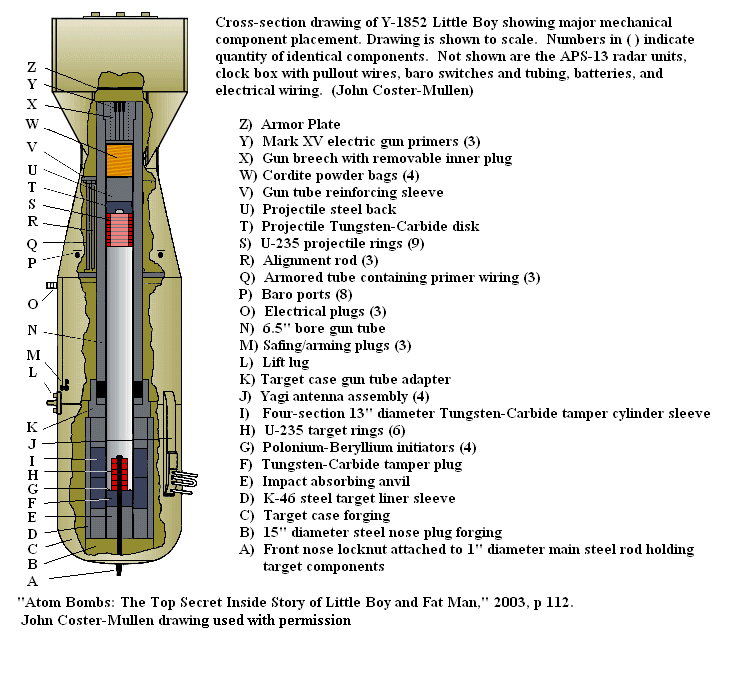trurle
Banned
Chapter 1. The OP.
USS Indianapolis (that time on a secret mission to deliver uranium and parts of nuclear bomb to North Marian Islands) has developed an rudder trouble 25 July 1945, just few hundred kilometers short of her destination, leaving her uncontrollable and running a short cycles. Initially captain was reluctant to break radio silence, being assured what the damage to rudder will be fixed before daybreak. The repairs were half completed, then the ship was spotted by Japanese submarine Ro-50, torpedoed, heavy listed and stopped dead in the water. Utilizing a dead zone created by Indianopolis heavy list, the Ro-50 strafed Indianapolis deck and superstructure at will for several hours by 25mm cannons, until full exhaustion of ammunition, irreparably disabling all her radio equipment, along with other minor damage.
At daybreak, Ro-50 has dived and maneuvered away to avoid expected US planes. When night came, the Japanese captain was very surprised to find Indianapolis still on the same position, with apparently no crew aboard. He then dared for a desperate adventure and launched a boarding party, as his load of torpedoes was completely spent.
In flag officer cabin, Japanese found a strange metal drum and with a great difficulty rappelled it to the submarine`s deck. Also, they found few badly wounded survivors, left behind by fleeing crew of Indianapolis. Unknown to them, one of the was the radiologist Furman, who did knew some context of the mysterious drum.
After an arduous and risky voyage, Ro-50 has arrived to Yokosuka 3 August 1945, carrying American captives and now severely crumpled drum. The captives were interrogated then, brutally and with hurry. By the 4 August 1945, Japanese did know they captured the specially made radioactive materials for the new decisive weapon.
P.S. This is severely altered OP addressing plausibility critics below.
P.P.S. The Japanese have never realized their exceptional luck - every person on Indianapolis who intended to dump be fissile material abroad or load it in lifeboat was killed or disabled, by initial torpedo explosion, secondary explosions or by Japanese small-caliber shelling.
USS Indianapolis (that time on a secret mission to deliver uranium and parts of nuclear bomb to North Marian Islands) has developed an rudder trouble 25 July 1945, just few hundred kilometers short of her destination, leaving her uncontrollable and running a short cycles. Initially captain was reluctant to break radio silence, being assured what the damage to rudder will be fixed before daybreak. The repairs were half completed, then the ship was spotted by Japanese submarine Ro-50, torpedoed, heavy listed and stopped dead in the water. Utilizing a dead zone created by Indianopolis heavy list, the Ro-50 strafed Indianapolis deck and superstructure at will for several hours by 25mm cannons, until full exhaustion of ammunition, irreparably disabling all her radio equipment, along with other minor damage.
At daybreak, Ro-50 has dived and maneuvered away to avoid expected US planes. When night came, the Japanese captain was very surprised to find Indianapolis still on the same position, with apparently no crew aboard. He then dared for a desperate adventure and launched a boarding party, as his load of torpedoes was completely spent.
In flag officer cabin, Japanese found a strange metal drum and with a great difficulty rappelled it to the submarine`s deck. Also, they found few badly wounded survivors, left behind by fleeing crew of Indianapolis. Unknown to them, one of the was the radiologist Furman, who did knew some context of the mysterious drum.
After an arduous and risky voyage, Ro-50 has arrived to Yokosuka 3 August 1945, carrying American captives and now severely crumpled drum. The captives were interrogated then, brutally and with hurry. By the 4 August 1945, Japanese did know they captured the specially made radioactive materials for the new decisive weapon.
P.S. This is severely altered OP addressing plausibility critics below.
P.P.S. The Japanese have never realized their exceptional luck - every person on Indianapolis who intended to dump be fissile material abroad or load it in lifeboat was killed or disabled, by initial torpedo explosion, secondary explosions or by Japanese small-caliber shelling.
Last edited:
